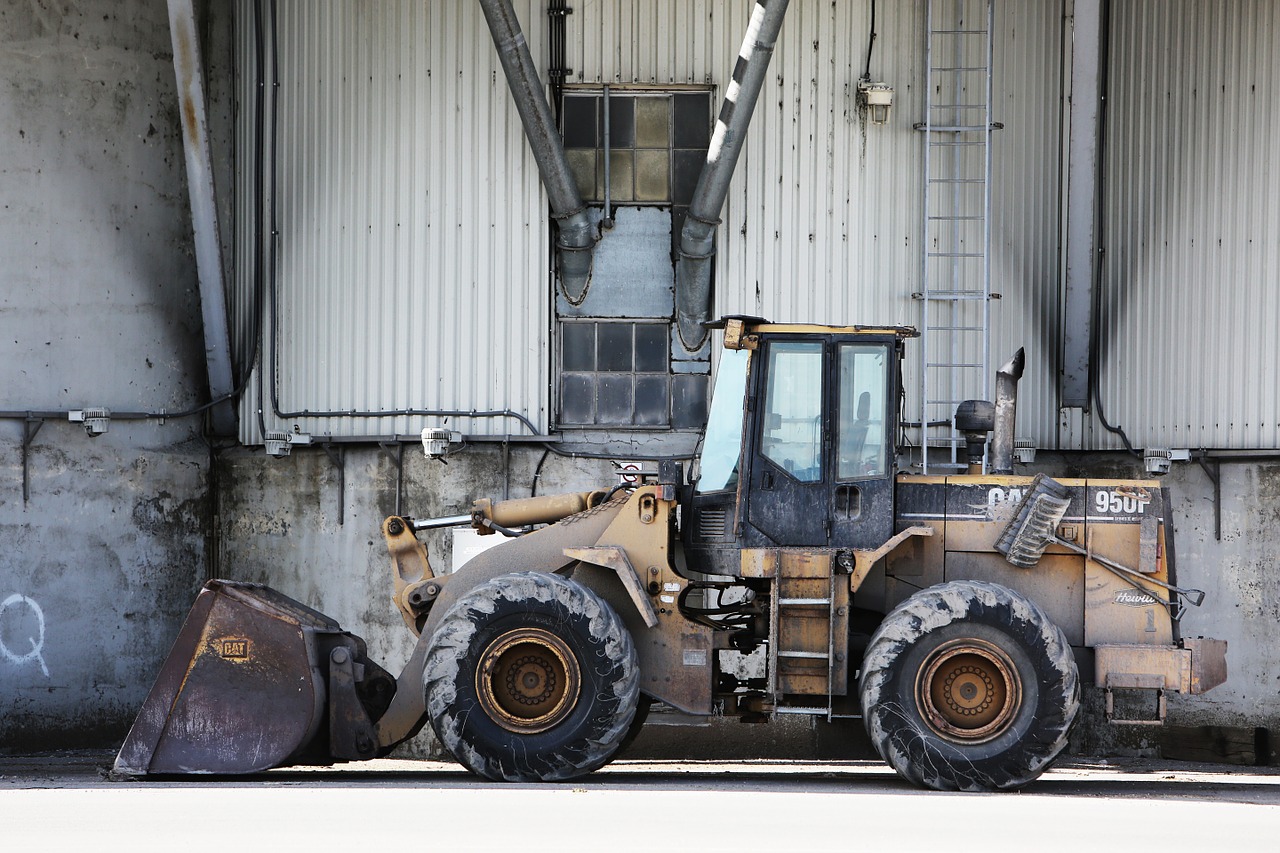How to Know if Your Facility Needs Wastewater Treatment

Failing to pretreat a facility’s wastewater can have serious consequences — including damage to the environment, threats to community health and significant fines.
However, not every facility needs an on-site wastewater treatment system — and those that do likely won’t require the same version. This is how you can know if your facility needs wastewater treatment and how to plan a system that complies with EPA and local standards.
Does My Facility Need a Wastewater Treatment System?
As a rule of thumb, any facility that produces wastewater as a part of normal operations will need to treat it before being discharged into local waterways.
The presence of certain pollutants in wastewater will likely mean you’ll also need to process that waste before it can be safely discharged into a local publicly owned treatment works (POTW) via your municipal sewage system.
Under the National Pollutant Discharge Elimination System (NPDES), wastewater may need some kind of on-site pretreatment before a POTW accepts it. Failing to meet standards could result in having your wastewater disposal cut off. Your POTW or a local regulator may even charge you fines, depending on the violation.
For example, semi-solid waste like grease and oils, commonly produced by facilities that make or process food, can obstruct water flow in POTWs and will need to be filtered out in most cases. Oxygen-demanding biological pollutants, non-biodegradable oils and items that produce toxic fumes must also be removed with pretreatment.
Some of these pollutants can cause problems before being discharged, as well. Biological pollutants can grow and build up on surfaces, creating films that may damage equipment and spread illness.
Complying With Local and National Regulations
Your POTW may require that you notify them in advance about any potential changes to wastewater volume, new pollutants or any discharge of substances that are considered hazardous waste.
In some parts of the country, like Georgia, you may also need a pretreatment permit before you can discharge wastewater to a POTW if you are considered a large industrial user.
It’s good practice to contact your local POTW or municipality about local NPDES permitting requirements, which can vary from area to area.
Discharging wastewater from a point source into the local environment is also a possibility — however, you’ll face steeper regulations.
Your facility will need its own NPDES permit that lays out what kind of wastewater you can discharge into the environment and what steps you need to take to treat it.
Applying for and staying compliant with your permit will likely be much more involved than the process of discharging waste into a municipal sewer system. There will also probably be more serious consequences if you fail to fully treat your wastewater before discharge — including damage to the environment and significant fines.
Planning a Wastewater Treatment System
If it seems like your facility will need some kind of wastewater treatment system on-site, you’ll need to plan to handle the specific pollutants your facility produces.
Typically, businesses will start with some kind of audit of the facility wastewater, like a treatability study. This will let you know what type of waste your facility is producing, allowing you to design an effective treatment system.
Often, it’s a good idea to bring on a wastewater treatment professional early in the process. This will help ensure that your finished system is compliant with NPDES permit guidelines or local standards.
The Right Wastewater Treatment Plan for Your Facility
If your facility produces wastewater, you may need to treat it before you can discharge it to your local POTW. You’ll also likely need to treat anything you discharge to area waterways.
To know what kind of wastewater treatment system your facility needs, you should start with a treatability study. You can then work with a professional and local regulators to build an on-site treatment system that can handle the pollutants your facility produces.
Bio:
Jane is the founder and editor-in-chief of Environment.co where she covers topics in green technology, energy and environmental sustainability.


